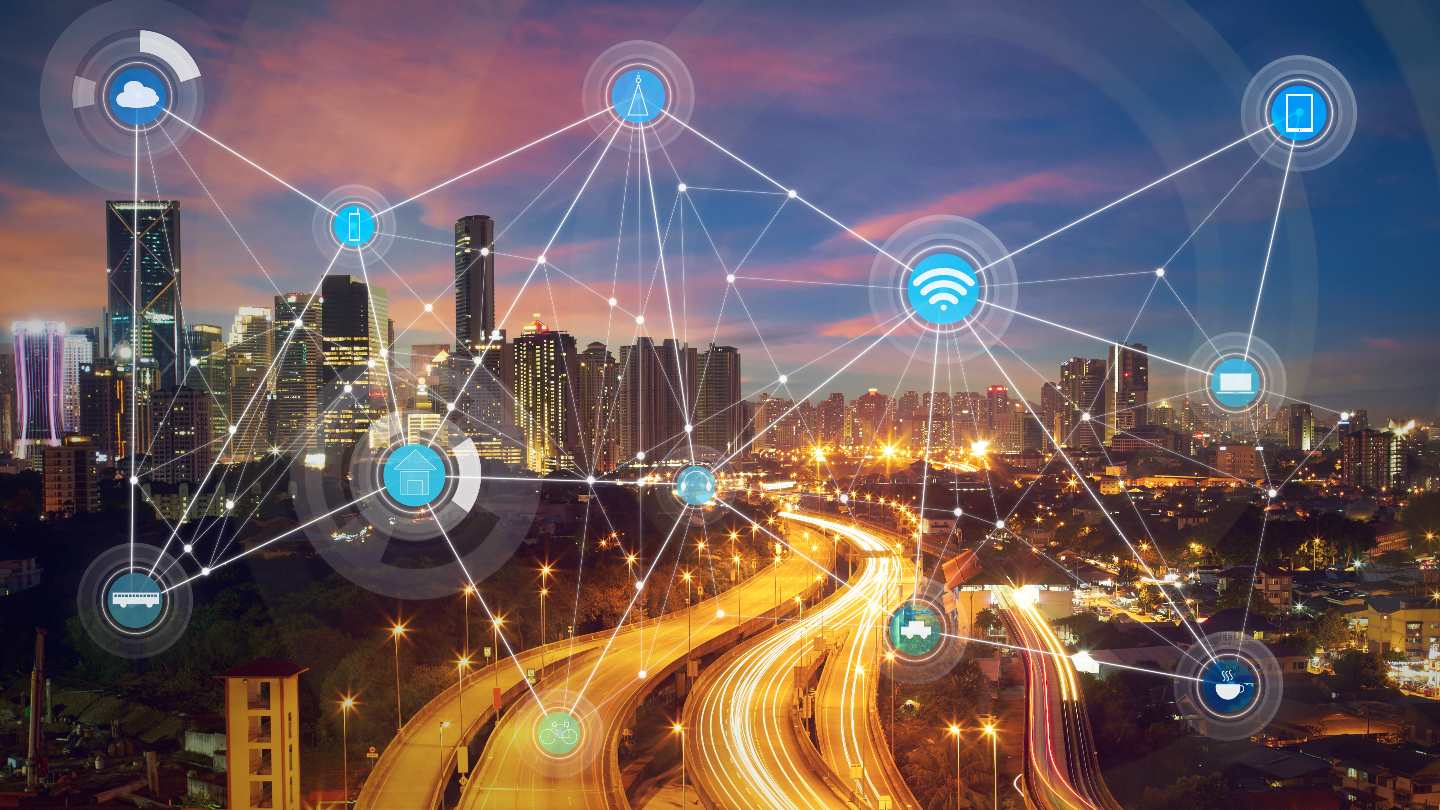As seen on Forbes.com
Gartner’s Top Strategic Technology Trends for 2021 lists “people centricity,” “location independence” and “resilient delivery” as main ingredients for creating the high degree of plasticity organizations will need to make it through the rest of the pandemic and the following years to come. “People centricity” is of particular importance in the aftermath of Covid-19; while the pandemic has made more processes digitized, new technologies must revolve around enhancing the human experience.
Gartner projects that a key feature of this trend toward people centricity is the emerging Internet of Behaviors (IoB) – a natural extension and evolution of the Internet of Things (IoT) along with the Industrial Internet of Things (IIoT). IoT adoption has skyrocketed over the past few years, with 2020’s worldwide lockdowns and social restrictions driving an increase in use cases. According to research from Transforma Insights, the world’s active IoT device count is expected to grow from 7.6 billion at the end of 2019 to 24.1 billion by 2030.
With the consumer sector projected to account for 65% of connected devices, including smart devices and social media, corporations have the opportunity to capture a limitless stream of consumer data. Corporations could then analyze this data to predict and influence individual consumer behavior.
The Internet of Behaviors will inevitably open “Pandora’s box regarding the policing and sharing of personal information.” The bigger the Internet of Behaviors becomes, the more at risk users may be to data hacks and phishing attempts. Fortunately, the agile approach is ideally suited to build not only a better but also a more secure IoB.






